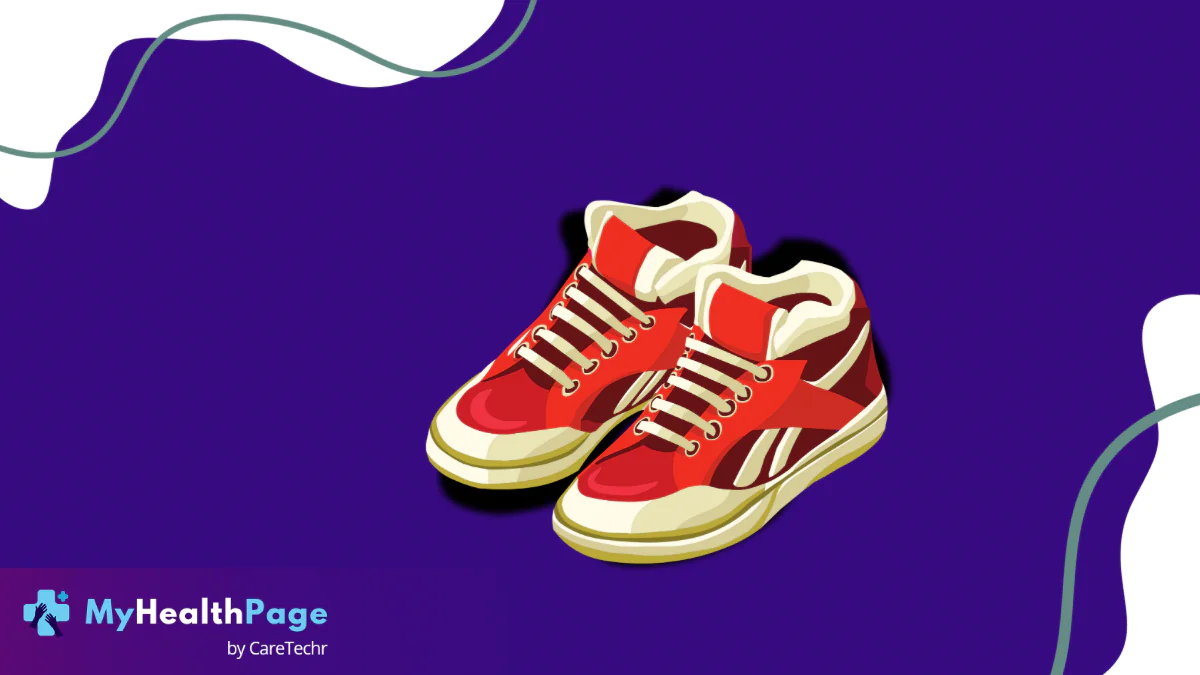Foot health is often taken for granted until issues arise, and one of the most common foot ailments is plantar fasciitis. This condition, characterized by pain in the heel and the bottom of the foot, affects millions of people worldwide. While various factors contribute to plantar fasciitis, wearing ill-fitting shoes is a major culprit. Shoes that lack proper support, are too tight, or have inadequate cushioning can strain the plantar fascia, increasing the risk of this painful condition. This article explores how ill-fitting shoes contribute to plantar fasciitis, the symptoms of the condition, and strategies to prevent it.
What Is Plantar Fasciitis?
Plantar fasciitis is an inflammation of the plantar fascia, a thick band of tissue connecting the heel bone to the toes. This tissue supports the arch of the foot and absorbs shock during activities such as walking or running. When the plantar fascia is strained, small tears can develop, leading to inflammation and pain.
How Ill-Fitting Shoes Contribute to Plantar Fasciitis
Wearing poorly fitting shoes places undue stress on the plantar fascia, increasing the likelihood of injury. Here’s how different types of ill-fitting footwear can contribute to the problem:
1. Lack of Arch Support
- Shoes without adequate arch support force the plantar fascia to bear excessive weight, leading to overstretching and tears.
- Flat shoes, such as ballet flats or flip-flops, are notorious for failing to provide the necessary support.
2. Improper Sizing
- Shoes that are too small compress the foot, causing unnatural positioning and straining the fascia.
- Oversized shoes allow the foot to slide, increasing instability and the risk of injury.
3. Inadequate Cushioning
- Hard-soled shoes or those with minimal padding fail to absorb shock, transferring impact directly to the plantar fascia.
- This is particularly problematic for individuals who spend long hours on their feet or engage in high-impact activities.
4. High Heels
- High-heeled shoes shift the body’s weight forward, placing extra pressure on the ball of the foot and overstretching the plantar fascia.
5. Worn-Out Footwear
- Shoes lose their cushioning and support over time, increasing the risk of plantar fasciitis as they no longer protect the foot from impact.
Symptoms of Plantar Fasciitis
Recognizing the symptoms of plantar fasciitis early can help prevent the condition from worsening. Common signs include:
- Heel Pain: A sharp, stabbing pain in the bottom of the heel, especially upon waking or after long periods of inactivity.
- Arch Pain: Discomfort along the arch of the foot, which can worsen with prolonged standing or walking.
- Stiffness: Tightness in the foot, particularly after rest or exercise.
- Swelling: Inflammation and mild swelling in the affected area.
Risk Factors for Plantar Fasciitis
In addition to wearing ill-fitting shoes, several factors can increase the risk of developing plantar fasciitis:
- Excessive Weight:
- Extra body weight places additional strain on the plantar fascia.
- Prolonged Standing or Walking:
- Jobs that require standing or walking for long hours can exacerbate foot strain.
- High-Impact Activities:
- Running, jumping, or other activities that involve repetitive foot impact can increase stress on the plantar fascia.
- Age:
- Plantar fasciitis is more common in middle-aged adults, but it can affect individuals of all ages.
- Foot Structure:
- Flat feet, high arches, or abnormal walking patterns can predispose individuals to plantar fasciitis.
How to Prevent Plantar Fasciitis
Prevention is key when it comes to plantar fasciitis. Choosing the right footwear and practicing good foot care can significantly reduce the risk.
1. Wear Properly Fitting Shoes
- Measure your feet regularly and ensure your shoes fit well, with ample space for toes to move comfortably.
- Avoid shoes that are too tight or too loose.
2. Choose Supportive Footwear
- Opt for shoes with good arch support, cushioning, and shock absorption.
- Orthopedic or specialized footwear can provide additional support for individuals with foot abnormalities.
3. Replace Worn-Out Shoes
- Replace shoes every 6–12 months or as soon as they show signs of wear.
- Look for signs such as flattened cushioning or uneven soles.
4. Limit High Heels
- Reserve high heels for special occasions and limit their wear to short periods.
- Consider shoes with a lower heel and supportive features.
5. Use Insoles or Orthotics
- Custom orthotic inserts can provide additional support and alleviate pressure on the plantar fascia.
6. Maintain a Healthy Weight
- Reducing body weight can lessen the strain on your feet and minimize the risk of plantar fasciitis.
7. Stretch Regularly
- Stretching the calf muscles, Achilles tendon, and plantar fascia can improve flexibility and reduce tension.
Exercises to Strengthen and Protect the Plantar Fascia
Incorporating foot exercises into your routine can strengthen the plantar fascia and prevent injuries. Here are a few effective exercises:
- Toe Stretches:
- Sit on a chair and cross one foot over the opposite knee. Gently pull your toes back toward your shin and hold for 15–30 seconds.
- Calf Stretches:
- Stand facing a wall, place one foot behind the other, and bend your front knee while keeping your back leg straight. Hold for 20–30 seconds.
- Towel Curls:
- Place a towel on the floor and use your toes to scrunch it up. This exercise strengthens the muscles supporting the arch.
- Rolling Massage:
- Roll a tennis ball or frozen water bottle under your foot to massage and relieve tension.
Treatment Options for Plantar Fasciitis
If you develop plantar fasciitis despite preventive measures, several treatment options are available:
- Rest and Ice:
- Rest your foot and apply ice packs to reduce inflammation and pain.
- Stretching and Physical Therapy:
- A physical therapist can provide targeted exercises to strengthen the foot and promote healing.
- Medication:
- Nonsteroidal anti-inflammatory drugs (NSAIDs) can relieve pain and reduce swelling.
- Night Splints:
- Splints worn at night can stretch the plantar fascia and Achilles tendon, promoting healing.
- Custom Orthotics:
- Shoe inserts designed to support the arch and cushion the heel can provide relief.
- Surgical Intervention:
- In severe cases, surgery may be necessary to release tension in the plantar fascia.
Conclusion
Wearing ill-fitting shoes can increase the risk of plantar fasciitis by placing unnecessary strain on the plantar fascia. Proper footwear is essential for maintaining foot health and preventing this painful condition. By choosing supportive, well-fitting shoes, replacing worn-out footwear, and incorporating preventive measures like stretching and strengthening exercises, you can reduce your risk of plantar fasciitis and enjoy pain-free mobility. Take care of your feet—they carry you through life!
Read Also: Smoking Can Damage Skin and Lead to Chronic Dryness
Medical Disclaimer: This article is for informational purposes only and is not a substitute for professional medical advice. Always consult with a healthcare provider for personalized recommendations.




